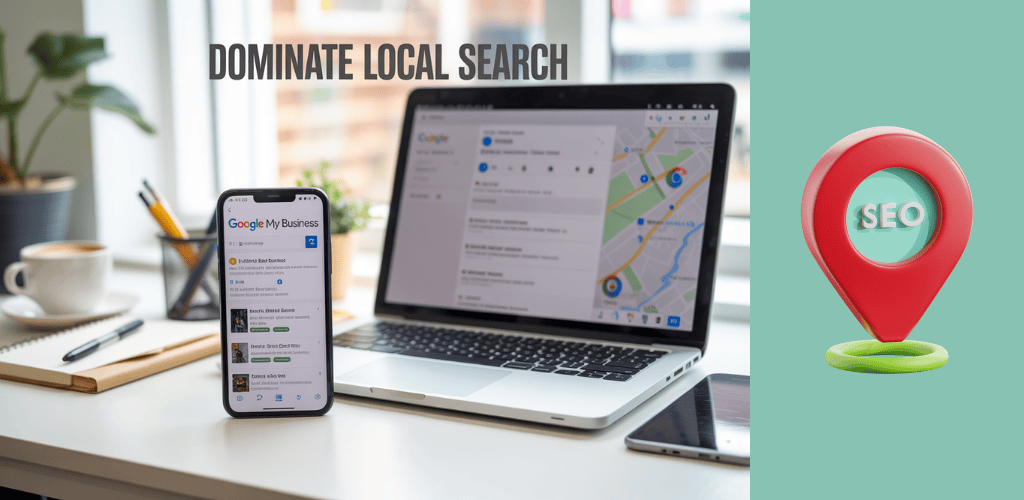The Ultimate Guide to Website Content Writing: Boost Your Online Presence
Table of Contents
- Introduction to Website Content Writing
- Understanding Your Audience
- Crafting Compelling Headlines
- Writing Engaging Introductions
- Structuring Your Content
- Incorporating SEO Best Practices
- Adding Value with Multimedia
- Editing and Proofreading
- Updating and Maintaining Content
- Conclusion
Introduction to Website Content Writing
Website content writing is the backbone of any successful online presence. It’s the art of creating valuable, informative, and engaging content that attracts and retains visitors to your website. Whether you’re an article writer, blog writer, or website content writer, mastering this skill is crucial for standing out in the digital landscape.
In today’s fast-paced online world, quality content is king. It not only helps you connect with your audience but also improves your search engine rankings, driving more traffic to your site. This guide will walk you through the essential steps of effective website content writing, helping you create content that resonates with your readers and achieves your business goals.
Understanding Your Audience
Before you start writing, it’s crucial to know who you’re writing for. Understanding your audience is the first step in creating content that engages and converts. Here’s how to get started:
Create buyer personas: Develop detailed profiles of your ideal customers, including their demographics, interests, pain points, and goals.
Analyze your competitors: Look at what your competitors are doing and identify gaps in their content that you can fill.
Conduct surveys and interviews: Gather direct feedback from your target audience to understand their needs and preferences.
Use analytics tools: Leverage tools like Google Analytics to gain insights into your audience’s behavior and preferences.
By understanding your audience, you can tailor your content to address their specific needs and interests, making it more likely to resonate and drive engagement.
Crafting Compelling Headlines
Your headline is the first thing readers see, and it can make or break their decision to read your content. Here are some tips for writing headlines that grab attention:
Use numbers and data: Headlines like “7 Proven Strategies for Effective Website Content Writing” are eye-catching and promise specific value.
Ask questions: Engage readers with questions like “Want to Improve Your Website Content? Here’s How.”
Use power words: Incorporate words that evoke emotion or curiosity, such as “essential,” “surprising,” or “secret.”
Keep it concise: Aim for headlines between 6-8 words for maximum impact.
Include your primary keyword: Ensure your main keyword appears in the headline for SEO purposes.
Remember, your headline should accurately reflect the content of your article. Avoid clickbait tactics that may disappoint readers and harm your credibility.
Writing Engaging Introductions
Once you’ve captured your reader’s attention with a great headline, it’s crucial to keep them engaged with a compelling introduction. Here’s how to write introductions that hook your readers:
Start with a bang: Open with a surprising statistic, a thought-provoking question, or a relatable anecdote.
Address the reader’s pain points: Show that you understand their challenges and promise solutions.
Use the inverted pyramid: Present the most important information first, then follow with supporting details.
Keep it concise: Aim for 2-3 short paragraphs that quickly communicate the value of your content.
Include your primary and related keywords: Naturally incorporate your target keywords in the introduction for SEO benefits.
A well-crafted introduction sets the tone for the rest of your content and encourages readers to continue reading.
Structuring Your Content
Proper structure is essential for creating readable and engaging website content. Here are some tips for organizing your content effectively:
Use headings and subheadings: Break your content into logical sections using H2, H3, and H4 tags. This improves readability and helps search engines understand your content structure.
Keep paragraphs short: Aim for 2-3 sentences per paragraph to make your content more digestible.
Use bullet points and numbered lists: These help break up text and make information easier to scan.
Include internal and external links: Link to other relevant pages on your site and authoritative external sources to provide additional value and improve SEO.
Use transition words: Connect your ideas smoothly using words like “however,” “furthermore,” and “in addition.”
Incorporate multimedia: Break up text with images, videos, or infographics to enhance engagement and understanding.
By structuring your content well, you make it easier for readers to consume and for search engines to crawl and index.
Incorporating SEO Best Practices
Search engine optimization (SEO) is crucial for ensuring your content reaches your target audience. Here are some SEO best practices to follow:
Keyword research: Use tools like Google Keyword Planner or SEMrush to identify relevant keywords for your topic.
Optimize your meta tags: Create compelling meta titles and descriptions that include your target keywords.
Use header tags strategically: Include your primary and related keywords in your H1, H2, and H3 tags.
Optimize images: Use descriptive file names and alt text for your images, incorporating keywords where appropriate.
Create SEO-friendly URLs: Use short, descriptive URLs that include your target keywords.
Internal linking: Link to other relevant pages on your site to improve navigation and distribute link equity.
Focus on user experience: Prioritize creating valuable, user-friendly content over keyword stuffing.
Remember, while SEO is important, your primary focus should always be on creating high-quality, valuable content for your readers.
Adding Value with Multimedia
Incorporating multimedia elements can significantly enhance your website content. Here’s how to use different media types effectively:
Images: Use high-quality, relevant images to illustrate your points and break up text. Ensure they’re optimized for web use to maintain fast loading times.
Videos: Embed relevant videos to explain complex concepts or provide visual demonstrations. Consider creating your own video content to showcase your expertise.
Infographics: Use infographics to present data or complex information in an easily digestible format.
Audio: Consider adding podcasts or audio versions of your articles for users who prefer listening to reading.
Interactive elements: Incorporate quizzes, calculators, or other interactive tools to engage your audience and provide personalized value.
When using multimedia, always ensure it adds value to your content and enhances the user experience rather than distracting from it.
Editing and Proofreading
Editing and proofreading are crucial steps in the content creation process. Here’s how to refine your content:
Take a break: Step away from your content for a while before editing to approach it with fresh eyes.
Read aloud: This helps you catch awkward phrasing and grammar issues.
Use editing tools: Leverage tools like Grammarly or Hemingway Editor to catch common errors and improve readability.
Check for consistency: Ensure your tone, style, and formatting are consistent throughout the piece.
Fact-check: Verify all statistics, quotes, and claims in your content.
Get a second opinion: Have a colleague or professional editor review your work for additional feedback.
Remember, even small errors can undermine your credibility, so take the time to polish your content thoroughly.
Updating and Maintaining Website Content
Creating great content is not a one-time task. To maintain its value and relevance, you need to regularly update and maintain your website content. Here’s how:
Conduct regular content audits: Review your existing content periodically to identify outdated information or opportunities for improvement.
Update statistics and examples: Refresh your content with the latest data and relevant examples to keep it current.
Monitor performance: Use analytics tools to track how your content is performing and identify areas for improvement.
Respond to comments: Engage with readers who leave comments on your content to foster community and gather feedback.
Repurpose successful content: Turn high-performing articles into other formats like videos, infographics, or social media posts.
Stay informed: Keep up with industry trends and updates to ensure your content remains accurate and valuable.
By regularly maintaining and updating your content, you can extend its lifespan and continue to provide value to your audience over time.
Conclusion
Effective website content writing is a powerful tool for engaging your audience, improving your search engine rankings, and achieving your business goals. By understanding your audience, crafting compelling headlines and introductions, structuring your content effectively, incorporating SEO best practices, and maintaining your content over time, you can create a robust online presence that attracts and retains visitors.
Remember, the key to successful website content writing is to always prioritize your readers’ needs and interests. By providing valuable, informative, and engaging content, you’ll build trust with your audience and establish yourself as an authority in your field.
Are you ready to take your website content to the next level? Start applying these strategies today and watch your online presence grow. If you need help with your website content writing, consider working with a professional website content writer or article writer who can help you craft compelling, SEO-optimized content that resonates with your audience.








[…] AI Writing Tools for Content Creation […]
[…] Content optimization: You can discover which keywords and pages are performing well, allowing you to refine your content strategy. […]